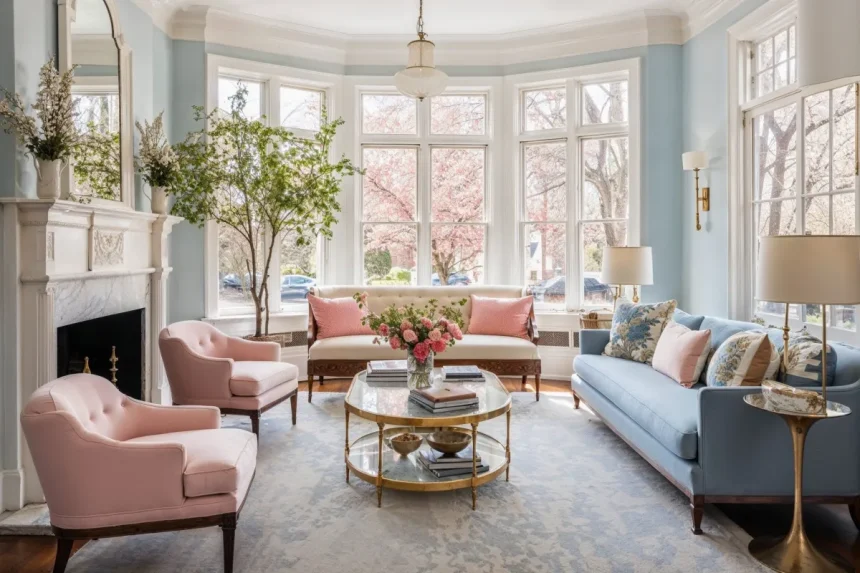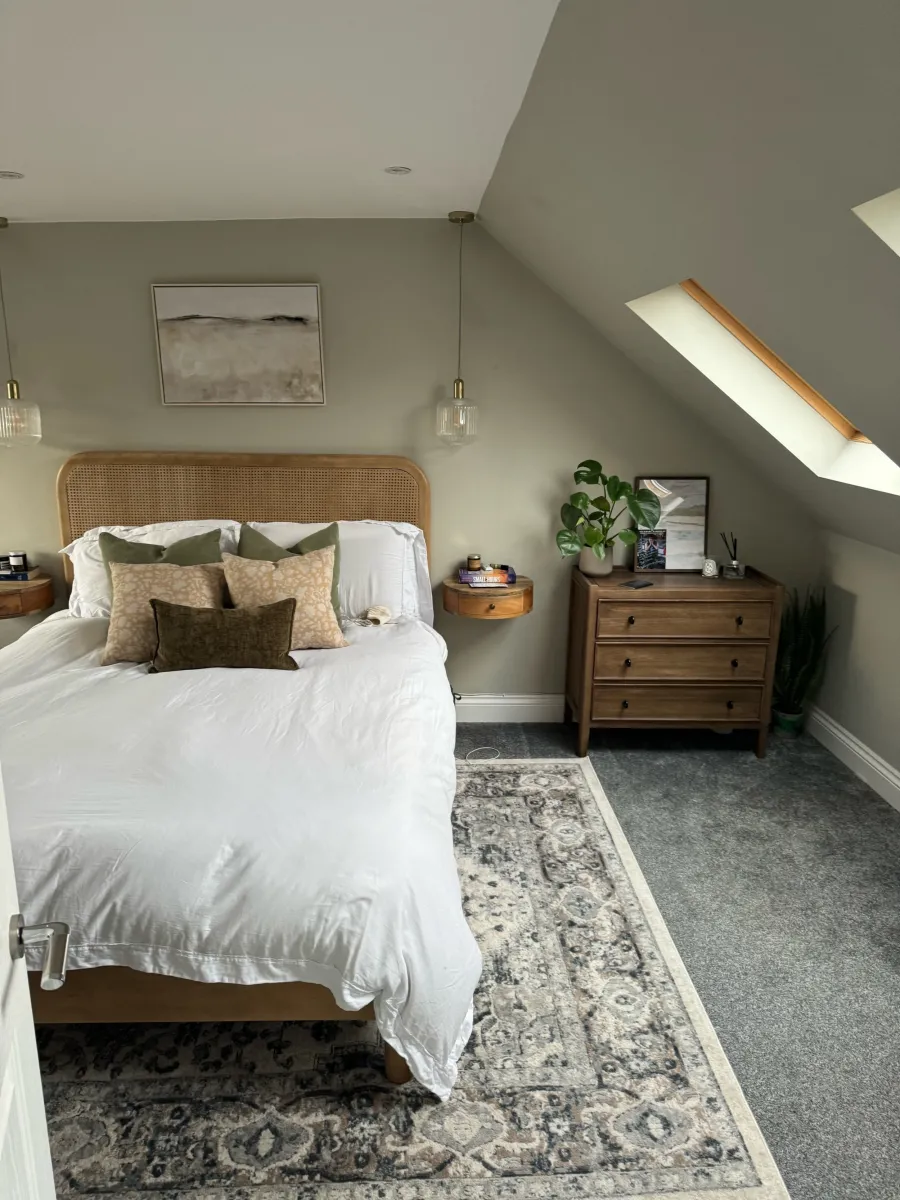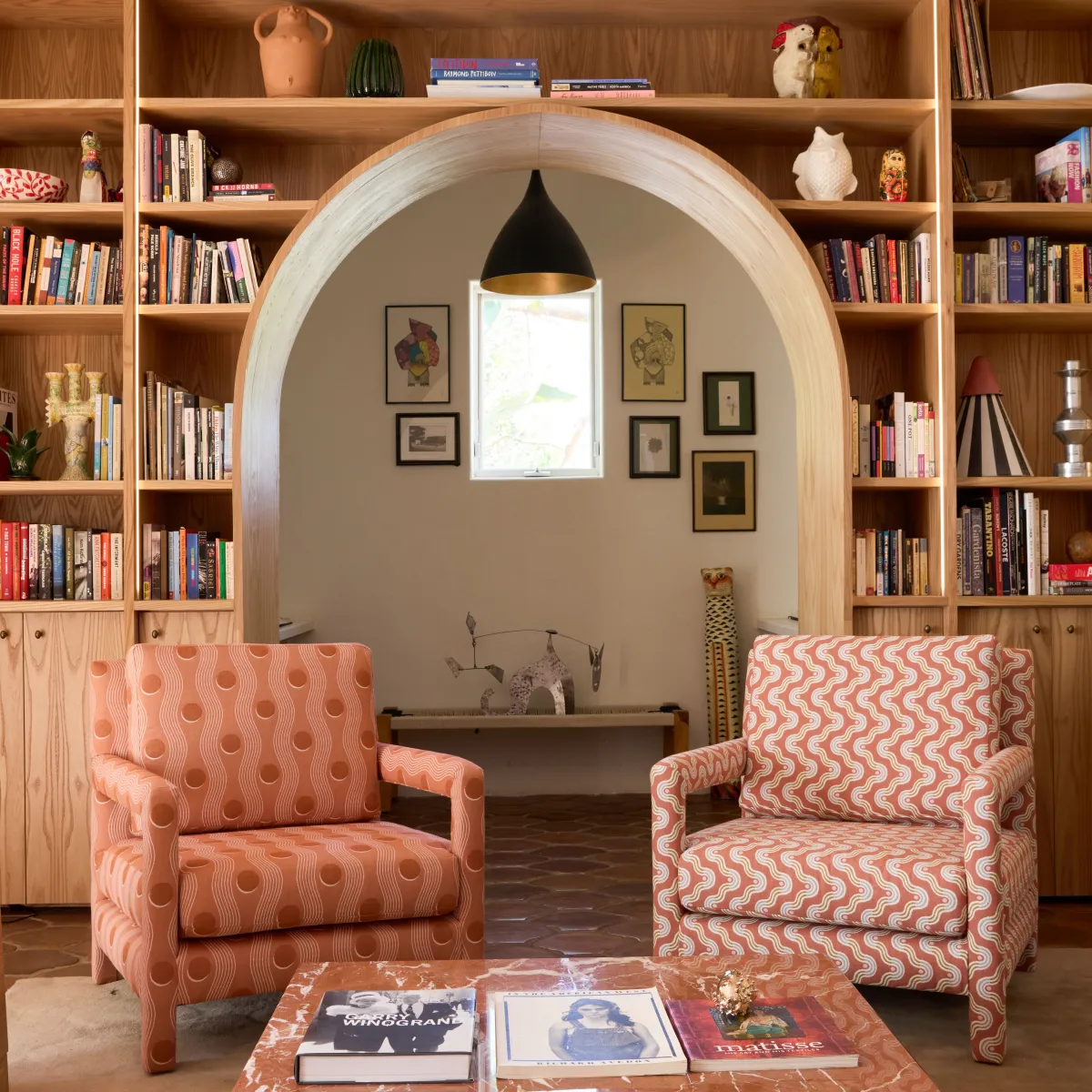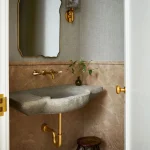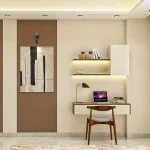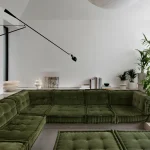Understanding Transitional Home Decor
Transitional home decor is all about blending the best of modern and traditional styles into one balanced, timeless look. It’s sometimes called modern traditional decor because it smooths out the contrast between sleek, contemporary pieces and classic, cozy elements. This style creates a warm neutral palette that feels inviting without being too flashy or too stiff.
Key Characteristics of Transitional Style
At its core, transitional interior design features clean lines mixed with soft curves, neutral colors paired with rich textures, and a mix of classic and modern furniture. Think of it as a middle ground that balances comfort and sophistication. Key elements include:
- Neutral tones like beige, gray, and warm whites
- Classic modern furniture with simple shapes
- Blended home aesthetics that combine old and new
- Subtle patterns and sleek home accessories for a polished look
The Evolution of Transitional Design
Transitional design grew out of a need for something fresh yet familiar. It started as a response to both the starkness of modern minimalism and the heaviness of purely traditional rooms. Over time, designers began mixing clean, contemporary elements with timeless styles, making spaces feel updated but still approachable. Today, it’s one of the most popular home decor styles across the US because it fits a variety of lifestyles and tastes.
Comparing Transitional to Other Styles
Unlike pure traditional design, which can lean heavily on ornate details and darker woods, transitional interiors keep things lighter and more flexible. On the other hand, it’s less austere than modern minimalism, embracing warmth and texture. When compared to contemporary traditional mix styles, transitional is more balanced—featuring a warm neutral palette that doesn’t go too far toward the extremes. This makes transitional a go-to option for many who want classic modern furniture and sleek accessories without overwhelming their space.
How to Achieve Transitional Home Decor
Creating a transitional home decor look means blending modern and traditional styles in a balanced, timeless way. Here’s how to get it right:
Color Palette and Materials
- Stick to a warm neutral palette like soft grays, beiges, and creams to keep the space inviting and flexible.
- Add texture with natural materials such as wood, leather, and linen to create depth without overwhelming the eyes.
- Use subtle pops of color through accessories to add interest without breaking the calm vibe.
Furniture and Layout Tips
- Choose classic modern furniture pieces that have clean lines but still feel comfortable and approachable.
- Mix traditional shapes with contemporary finishes—like a tufted sofa with sleek metal legs.
- Keep furniture layouts open and functional, focusing on flow and balance rather than crowding the space.
Accessories and Lighting
- Select sleek home accessories that are simple but elegant—think minimalist vases or classic framed art.
- Incorporate layered lighting: combine overhead fixtures, table lamps, and floor lamps to add warmth and versatility.
- Avoid overly ornate or ultra-modern pieces that clash with the blended home aesthetics of transitional design.
Practical Tips for Every Room
- In the living room, balance comfortable seating with streamlined coffee tables or built-in shelves.
- For the bedroom, pair neutral bedding with textured throw pillows and a classic wooden headboard.
- In the kitchen, mix traditional cabinetry styles with modern hardware and stainless steel appliances for that contemporary traditional mix.
- Use rugs, curtains, and wall art to tie colors and textures together across rooms for a cohesive look.
Following these simple but effective guidelines will help you build a timeless home style that feels both fresh and familiar.
Top Transitional Decor Trends for 2025
If you’re thinking about updating your transitional home decor this year, there are some exciting trends to watch. Transitional interior design is all about blending classic and modern elements, and in 2025, this balance is evolving in a few cool ways.
Maximalist Touches
While transitional style often leans toward a balanced and neutral look, 2025 brings a fresh take with maximalist details. Think bold patterns mixed with classic textures, layered rugs, and statement pieces that still feel coherent. It’s about adding personality without losing that timeless home style vibe.
Tech Integration
Smart home features are becoming part of the look, not just the function. From sleek lighting controls to hidden charging stations, tech blends smoothly with traditional-modern designs. Look for accessories and furniture that hide wires and fuse modern convenience with classic aesthetics.
Sustainable and Vintage Elements
More people in the U.S. are interested in sustainability, and it shows in decor choices. Using vintage furniture or repurposed pieces fits perfectly within transitional design, adding character while supporting eco-friendly living. Mixing reclaimed wood or vintage finds with contemporary traditional mix furniture creates a warm, unique space.
Jewel Tones as Accents
While a warm neutral palette remains a staple, jewel tones like emerald green, sapphire blue, and rich amethyst are making their way in. These colors work well as accent pieces — think cushions, artwork, or vases — bringing a pop of color without overpowering the balanced home design.
Keep these trends in mind, and your transitional interior design will feel fresh, welcoming, and right on point for 2025.
Where to Shop for Transitional Home Decor
Finding the right pieces for transitional home decor doesn’t have to be overwhelming. Here’s where I recommend starting, whether you want curated picks, trusted retailers, or budget-friendly DIY ideas.
Aura’s Curated Picks
Aura offers a smart selection of transitional interior design pieces that blend classic modern furniture with warm neutral palettes. Their guides focus on balanced home design, making it easy to create a timeless home style without guesswork. From sleek home accessories to contemporary traditional mix furniture, Aura’s recommendations are practical and stylish for everyday living.
Other Trusted Retailers
For wider options, consider these US-based retailers known for transitional decor:
- West Elm – Offers modern traditional decor with clean lines and cozy textures. Great for classic modern furniture and warm, neutral tones.
- Crate & Barrel – Known for their balanced home design, they carry pieces that fit clean transitional looks with durable materials.
- Pottery Barn – A go-to for timeless home style mixes with contemporary traditional vibes and quality craftsmanship.
- Room & Board – Perfect for sleek home accessories and furniture with a modern twist on classic designs.
- Wayfair – A huge range for all budgets, including the warm neutral palette and blended home aesthetics.
Budget-Friendly DIY Ideas
You can also personalize your transitional interior design with simple, affordable projects:
- Refresh old furniture with new paint or fabric in neutral or jewel tones.
- Mix and match accessories like lamps or throw pillows in transitional patterns.
- Create your own wall art using minimalist or classic frames.
- Upcycle vintage pieces from thrift stores to add sustainable and timeless elements.
These options help you stay on trend without overspending, keeping your home stylish and comfortable all year round.
By mixing these shopping spots with some DIY effort, you’ll easily achieve a warm, balanced look that fits modern traditional decor perfectly.
Real-Life Inspiration Transitional Decor Success Stories
Seeing transitional home decor come to life in real homes helps make this timeless style more approachable. On Aura, readers have shared their own success stories that show how blending classic modern furniture with warm neutral palettes creates spaces that feel both fresh and inviting.
Case Studies from Aura Readers
- Mixing Old and New: One reader transformed her living room by combining sleek home accessories with family heirlooms. The result was a balanced home design that feels personal yet polished.
- Neutral Meets Bold: Another family used a neutral home decor base and added jewel tone accents for a pop of color. Their open layout highlights how transitional style works in everyday living spaces.
- From Cluttered to Calm: A simple furniture swap and updated lighting brought harmony to a previously busy room, proving how practical tweaks elevate transitional interior design.
Visual Gallery
Browse our visual gallery to get inspired by:
- Stylish combinations of classic and contemporary traditional mix
- Warm neutral palette examples with layered textures
- Transitional layouts that emphasize comfort and function
These real-life examples demonstrate how transitional decor adapts to various tastes and home sizes, making it a timeless home style worth trying.
For ideas on accessorizing, check out Aura’s curated selections, including unique sculptures for home decor that blend classic and modern aesthetics seamlessly.
Common Mistakes to Avoid
When working with transitional home decor, it’s easy to slip into some common pitfalls that can throw off the balance between classic and modern elements. Here’s what to watch out for:
-
Overloading with Too Many Styles
Transitional design is about blending, not cluttering. Avoid mixing too many styles at once. Stick to a cohesive mix of classic modern furniture and sleek home accessories that complement each other. -
Ignoring the Color Palette
The warm neutral palette is key to transitional interiors. Going too bold with bright colors or too dark with heavy hues can disrupt the timeless home style. Keep colors balanced to maintain that calm, blended home aesthetic. -
Choosing Furniture Without Thought
Furniture should strike a balance—neither too traditional nor too contemporary. Avoid pieces that look overly ornate or ultra-minimal. Classic modern furniture with clean lines tends to work best. -
Forgetting to Layer Lighting
Lighting needs to be both functional and stylish in transitional interiors. Don’t rely on a single light source. Use a mix of ceiling lights, floor lamps, and wall sconces to create warmth and depth. -
Missing the Details
Accessories and decor pieces make or break transitional design. Avoid heavy, fussy details from purely traditional styles or cold, industrial pieces that clash. Opt for sleek home accessories that bring warmth and personality. -
Neglecting Room Flow and Layout
Transitional interior design thrives on balanced home design. Crowding rooms or leaving them too sparse affects the overall feel. Create an inviting, open layout that flows naturally between spaces.
By steering clear of these mistakes, you’ll get closer to achieving a beautiful transitional home decor that feels timeless yet fresh.
For more ideas on how to mix modern and traditional touches, check out our guide on classic modern furniture and sleek home accessories.
FAQs
What is transitional home decor?
Transitional home decor blends modern and traditional design elements. It creates a balanced, timeless look using a warm neutral palette and classic modern furniture.
How is transitional different from modern or traditional styles?
Unlike purely modern or traditional styles, transitional interior design mixes the two for a sleek, comfortable feel. It’s less formal than traditional but warmer than modern minimalism.
What colors work best in transitional decor?
Neutral home decor colors like beige, gray, and soft whites form the base. You can add jewel tones or warm accents for depth and interest.
Can I use bold accessories in transitional design?
Yes, sleek home accessories and bold accents like jewel-toned pillows or metallic lamps add personality without cluttering the look.
Is transitional style practical for families?
Absolutely. Its balanced home design suits everyday living with durable furniture and easy-to-clean materials while remaining stylish.
Where can I find furniture for a transitional style home?
Look for classic modern furniture that combines clean lines with traditional shapes. Many trusted retailers offer curated collections to simplify your search.
How do I avoid common mistakes in transitional decor?
- Don’t mix too many conflicting styles
- Keep color palettes consistent
- Balance old and new pieces carefully
- Avoid overly ornate or ultra-modern extremes
Can transitional decor work in small spaces?
Yes, it’s ideal for small spaces because it focuses on functionality and clean, blended home aesthetics without feeling crowded.
How often should I update my transitional decor?
Since it’s a timeless home style, you can refresh accessories and lighting every few years without overhauling your entire space.

